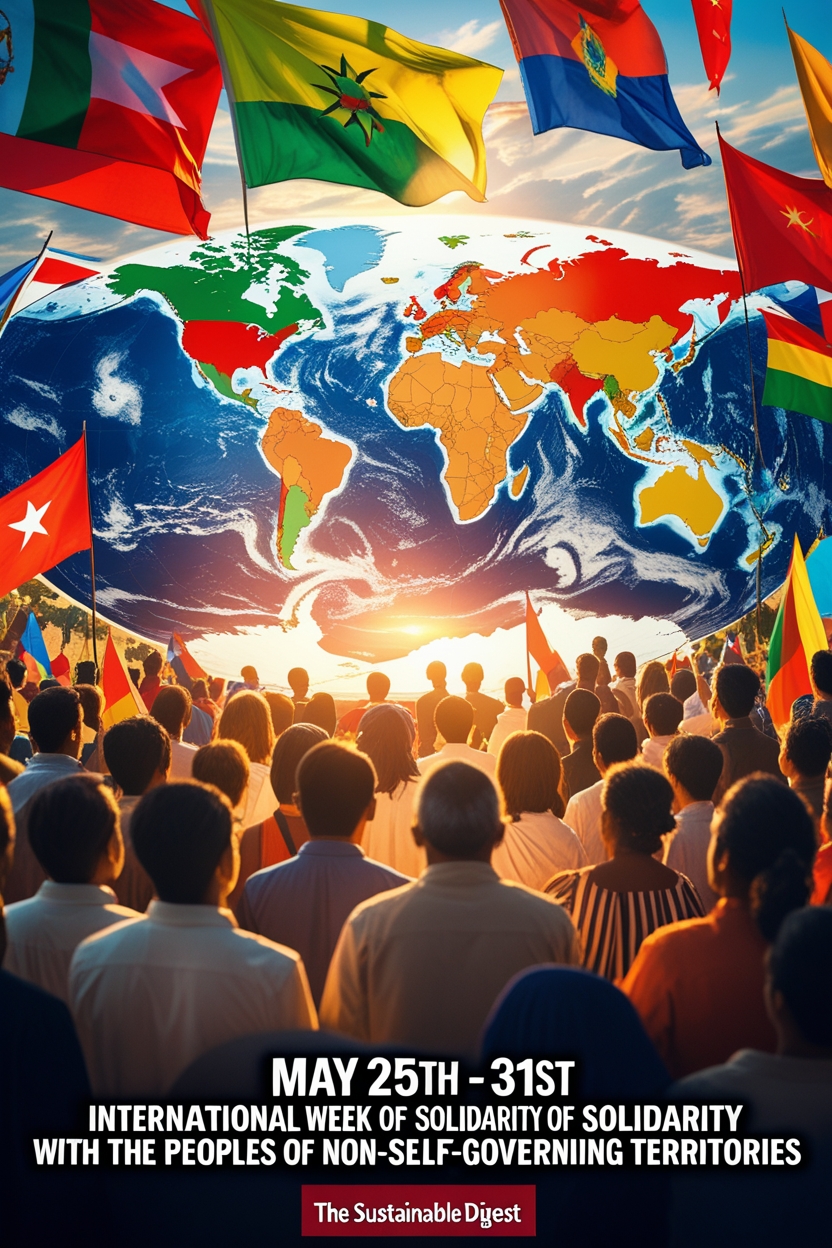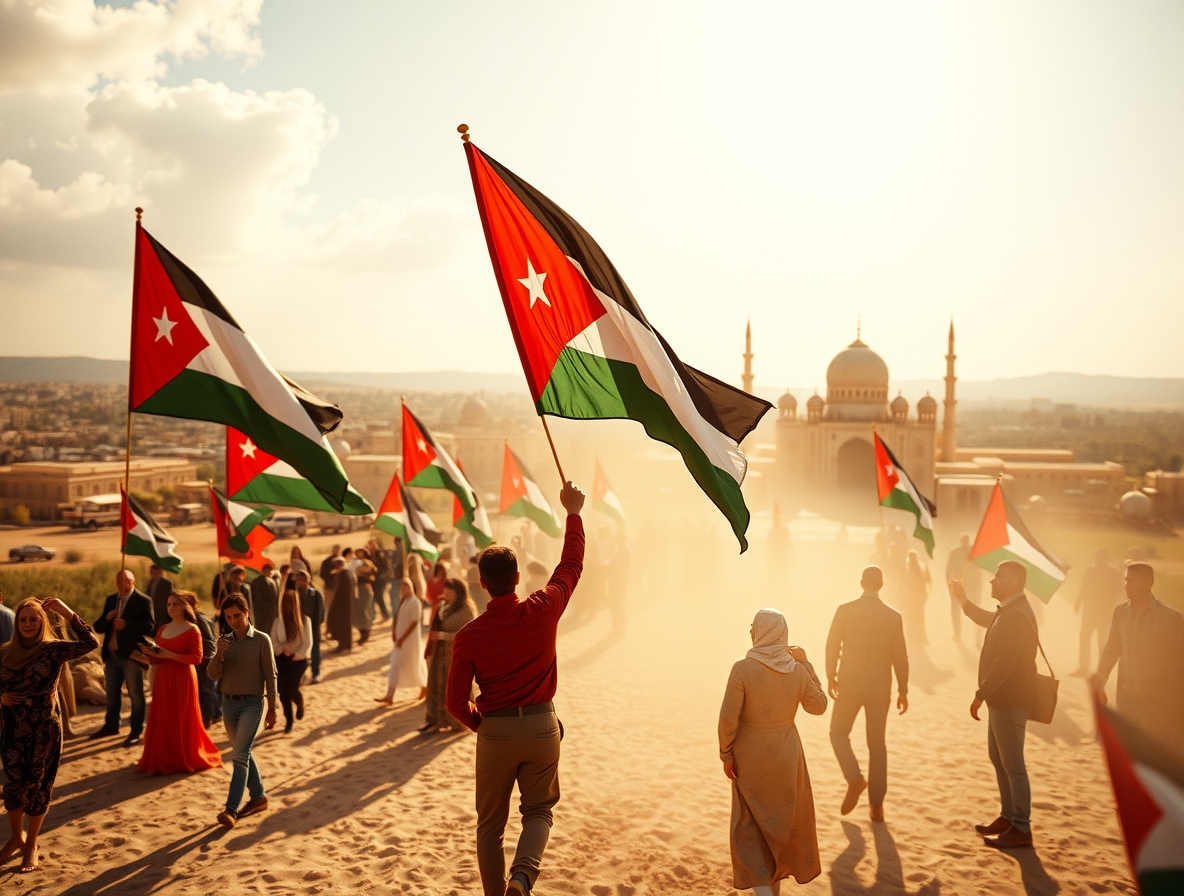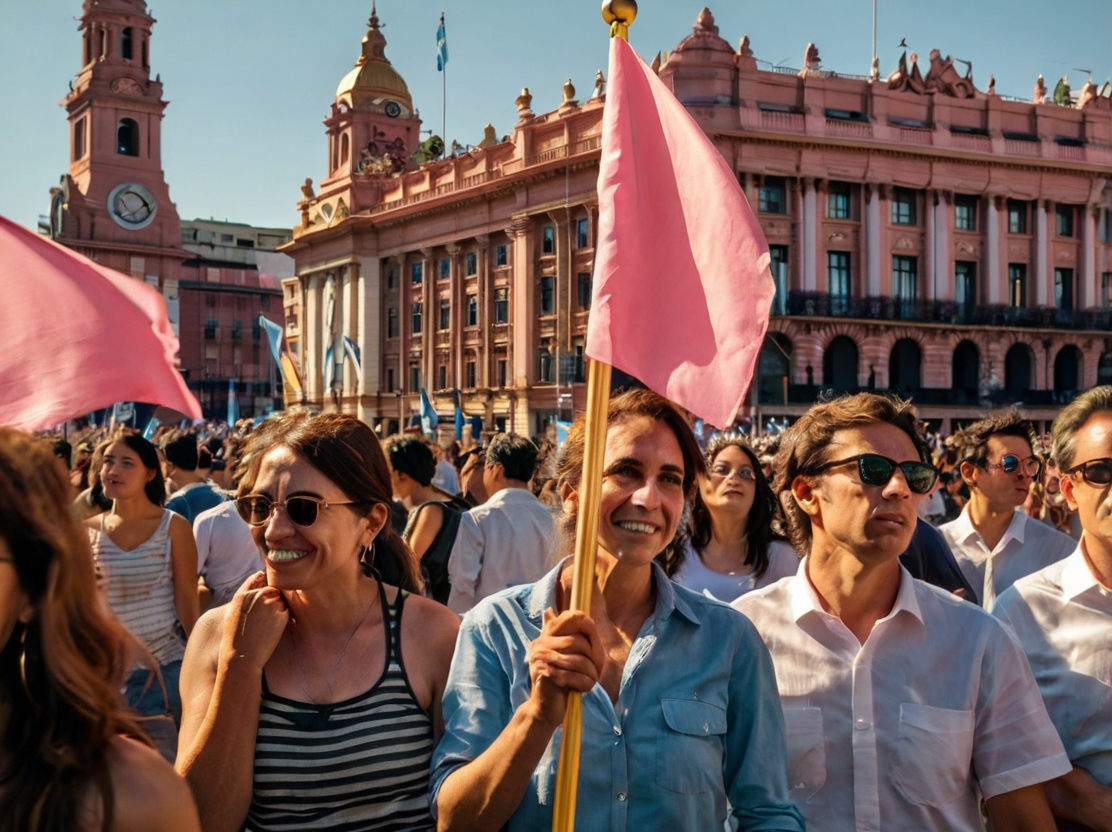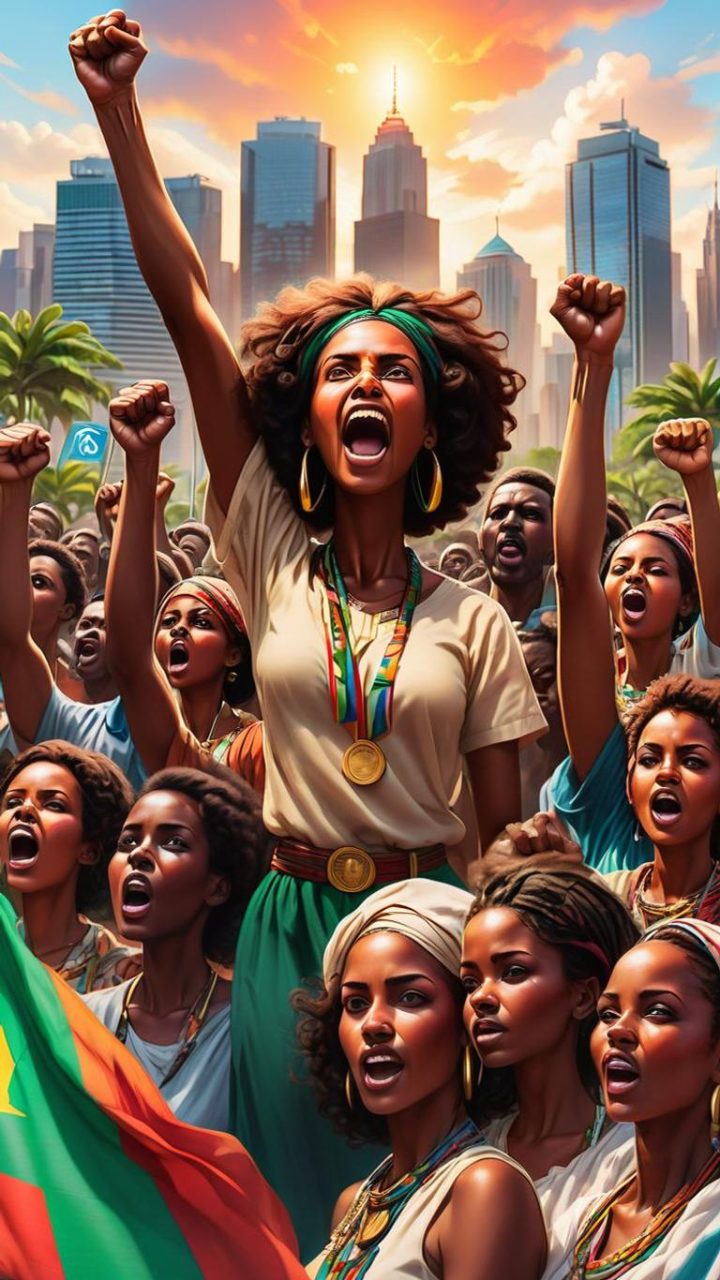
The United Nations marks May 24th and 25th as key days for pushing forward global Sustainable Development initiatives. These days focus on the Sustainable Development Goals (SDGs) and encourage worldwide efforts for sustainable and inclusive progress. The observances on these dates highlight the global community’s work to tackle big issues like poverty, inequality, climate change, and peace.
By recognizing these events, we help spread the word about the UN SDG goals. This awareness encourages both personal and group actions to reach these goals.

Understanding United Nations SDG and Their Importance
The United Nations plays a key role in improving Global Economic Development through the Sustainable Development Goals (SDGs). These goals aim to solve big problems like poverty, inequality, and climate change. The UN works hard to bring together governments, civil society, and international groups to make the world more sustainable and fair.
The Role of United Nations in Global Development
UNESCO and other UN agencies like UNICEF and the United Nations Environment Programme are key players. They help achieve the UN Sustainable Development Goals. These groups create policies, offer resources, and start projects that help in many areas, such as education, healthcare, and protecting the environment.
UN SDG Goals: A Brief Overview
The 17 UN Sustainable Development Goals cover a broad range of targets. They aim to improve life quality and protect the planet. Goals include ending poverty and hunger, promoting sustainable farming, ensuring healthy lives and quality education, achieving gender equality, and encouraging innovation.
Each goal is linked, showing the importance of tackling global challenges in a comprehensive way. The United Nations and its partners work together to create a brighter future for everyone.
Key Observances on May 24th: Global Implications

May 24th is a big day for the United Nations Sustainable Development Goals (SDGs). It shows the world’s commitment to a better future. Groups like the Organization of American States (OAS) and the Union of South American Nations (UNASUR) play a big role.
Specific Events and Their Significance
On May 24th, many events focus on sustainability and working together globally. There are workshops, policy talks, and activities to protect the environment. These events are key to reaching the UN SDGs.
Historical Context of May 24th Observances
May 24th has a rich history. It started with the Union of South American Nations’ goal to celebrate sustainable development. Over time, it has grown, bringing people together to tackle big challenges. The Organization of American States has helped make it even stronger.
Here’s a table showing the main events and their impact on May 24th:
| Event | Organizer | Significance |
|---|---|---|
| Environmental Conservation Workshop | Organization of American States | Promotes sustainable practices and biodiversity preservation |
| Policy Discussion Panels | Union of South American Nations | Facilitates dialogue on implementing UN SDGs at the national level |
| Educational Seminars | Various NGOs | Raises public awareness about the importance of sustainable development |
| Community Service Activities | Local Governments | Engages citizens in grassroots sustainability projects |

May 25th Day Observances for United Nations SDG & Sustainable Development
May 25th is a big day for celebrating the United Nations Sustainable Development Goals (SDGs). It’s filled with international celebrations that help our planet. These events are all about working together for a better world.
International Celebrations and Their Impact
On May 25th, we celebrate many important days. African Liberation Day, Samoan Language Week, and Eritrean Independence Day are among them. They help us focus on sustainable development and the SDGs.
These celebrations show our dedication to the SDGs. They bring us together, reminding us of our shared goals for a sustainable future.
The Role of May 25th in Promoting Global Goals
May 25th is a key day for the SDGs. It brings people together to work towards a common goal. It shows us the power of teamwork and sustainability.
| Celebration | Location | Impact on SDGs |
|---|---|---|
| African Liberation Day | International | Promotes peace, justice, and strong institutions (SDG 16) |
| Samoan Language Week | New Zealand | Preserves cultural heritage and promotes quality education (SDG 4) |
| Eritrean Independence Day | Eritrea | Fosters national unity and sustainable development (SDG 11) |
By celebrating these days, we make the SDGs more visible. We encourage more people to join in and help achieve these global goals.
The Intersection of African Liberation Day and Global African Day

African Liberation Day and Global African Day are key in the fight for freedom and growth. They are backed by groups like the African Development Bank Group. These days show the ongoing push for equality and freedom in Africa.
Historical Significance
African Liberation Day started in 1963, when the Organization of African Unity (OAU) was founded. It honors the hard work and sacrifices against colonial rule. It celebrates African unity and strength.
Modern-day Relevance and Observances
Today, these days inspire progress and self-rule. The African Development Bank Group leads in promoting growth and development. They are more than just celebrations; they remind us of our commitment to empower Africa.
Environmental Awareness: International Day of the Markhor
The International Day of the Markhor is celebrated worldwide. It highlights the urgent need to protect endangered species. It also shows the work of the United Nations Environment Programme in promoting biodiversity and sustainability.
The markhor, a majestic wild goat, is found in Central Asia’s mountains. It is on the endangered list. International groups and local conservation efforts are working to save it. The United Nations Environment Programme is leading the way with plans to stop biodiversity loss.
Environmental Awareness is key to these efforts. It encourages people around the world to live sustainably. Through campaigns and education, the day’s message reaches far, teaching us about our planet’s challenges.
This day also shows the United Nations Environment Programme’s role. They work to gather resources and form partnerships for environmental protection. Their work supports the Sustainable Development Goals, showing the importance of working together to save our natural world.
| Aspect | Details |
|---|---|
| Objective | Raise awareness about the markhor and the need for conservation efforts. |
| Key Players | United Nations Environment Programme, local conservation organizations. |
| Activities | Educational initiatives, community engagement, policy advocacy. |
| Impact | Enhanced environmental awareness, strengthened biodiversity conservation strategies. |

The International Day of the Markhor reminds us of our duty to protect wildlife. By joining global events and supporting the United Nations Environment Programme, we help achieve environmental sustainability.
The Battle of Pichincha Day: Historical and Cultural Impact

The Battle of Pichincha Day is celebrated on May 24th every year. It’s a significant event in South American history. It honors those who fought for Ecuador’s freedom.
Historical Background
The Battle of Pichincha took place in 1822 on the Pichincha volcano. Led by Antonio José de Sucre, the Ecuadorian forces won a major victory. This victory helped Ecuador gain independence from Spain.
It also inspired other South American countries to fight for their freedom. This battle is remembered as a turning point in history.
Cultural Significance in Modern Times
Today, The Battle of Pichincha Day is deeply meaningful in Ecuador. It’s celebrated with parades, educational events, and ceremonies. These events strengthen national pride and identity.
They also remind people of the sacrifices made by their ancestors. This day is crucial for keeping Ecuador’s history alive. It brings the nation together, celebrating their shared heritage.
Revolutionary Movements: May Revolution Day in Argentina

The May Revolution Day, or Argentina Revolution Day, is a key event in Argentina’s history. It celebrates the start of the Argentine War of Independence. This was a turning point that helped create a free Argentina.
The revolution started on May 25, 1810. People wanted to create a government that was free from Spanish rule. This movement led to Argentina declaring its independence in 1816.
Historical Overview
The May Revolution Day began in the early 19th century. People were unhappy with Spanish rule. The situation in Spain, worsened by the Napoleonic wars, fueled the desire for change in Argentina.
On May 25, 1810, a junta was formed. This was the start of Argentina’s path to freedom. It showed the people’s dream for freedom and self-governance.
Modern-day Celebrations and Observances
Today, May Revolution Day is celebrated with joy and pride in Argentina. There are parades, concerts, and public events. Schools teach the next generation about this important day.
Traditional foods, music, and dances are also part of the celebrations. These activities show Argentina’s rich culture. They also bring people together, celebrating their shared history and values.
Global Solidarity: May 25th-31st International Week of Solidarity

Every year, the May 25th-31st International Week of Solidarity is a key event. It is backed by the United Nations Economic and Social Council. This week aims to raise awareness and support for territories fighting for self-determination and decolonization.

Goals and Objectives
This week-long event aims to unite the world in Global Solidarity. It also aims to make the voices of Non-Self-Governing Territories heard. The International Bank for Reconstruction and Development supports these efforts, focusing on economic and social development.
Impact on Non-Self-Governing Territories
The May 25th-31st International Week of Solidarity has a big impact. It shows support and gets financial help from places like the International Bank for Reconstruction and Development. This support boosts the morale and helps in the fight for self-determination and economic freedom.
By showing Global Solidarity, countries can help Non-Self-Governing Territories achieve self-governance and economic independence.

Conclusion
The observances on May 24th and 25th are key for global awareness and action. They focus on the United Nations Sustainable Development Goals (SDGs). These days show how groups like the United Nations, the Association of Southeast Asian Nations (ASEAN), and UNICEF work together.
May 24th is important for many reasons. It’s about environmental awareness and celebrating big historical events. For example, the International Day of the Markhor highlights the need to protect endangered species. African Liberation Day and Global Africa Day also remind us of the importance of freedom and equality, aligning with the UN SDGs.
May 25th is all about celebrating global goals. In Argentina, the Battle of Pichincha Day and May Revolution Day remind us of the fight for independence and democracy. The International Week of Solidarity, from May 25th to 31st, stresses the importance of global unity and support, especially for Non-Self-Governing Territories.
In summary, these United Nations observances show our ongoing commitment to sustainable development and global solidarity. By participating in these initiatives, we can help create a more equitable and sustainable future. Together, with the help of groups like ASEAN and UNICEF, we can work towards the United Nations’ SDGs. This will ensure a better world for all, now and in the future.

Key Takeaways
- May 24th and 25th observances and holidays are significant for promoting Sustainable Development initiatives globally.
- United Nations SDG events highlight vital areas such as poverty, inequality, and climate change.
- These observances aim to educate and mobilize action towards the Sustainable Development Goals.
- Global events on these dates foster collective action for social and environmental progress.
- Raising UN SDG awareness is essential for achieving the 2030 Agenda for Sustainable Development.
